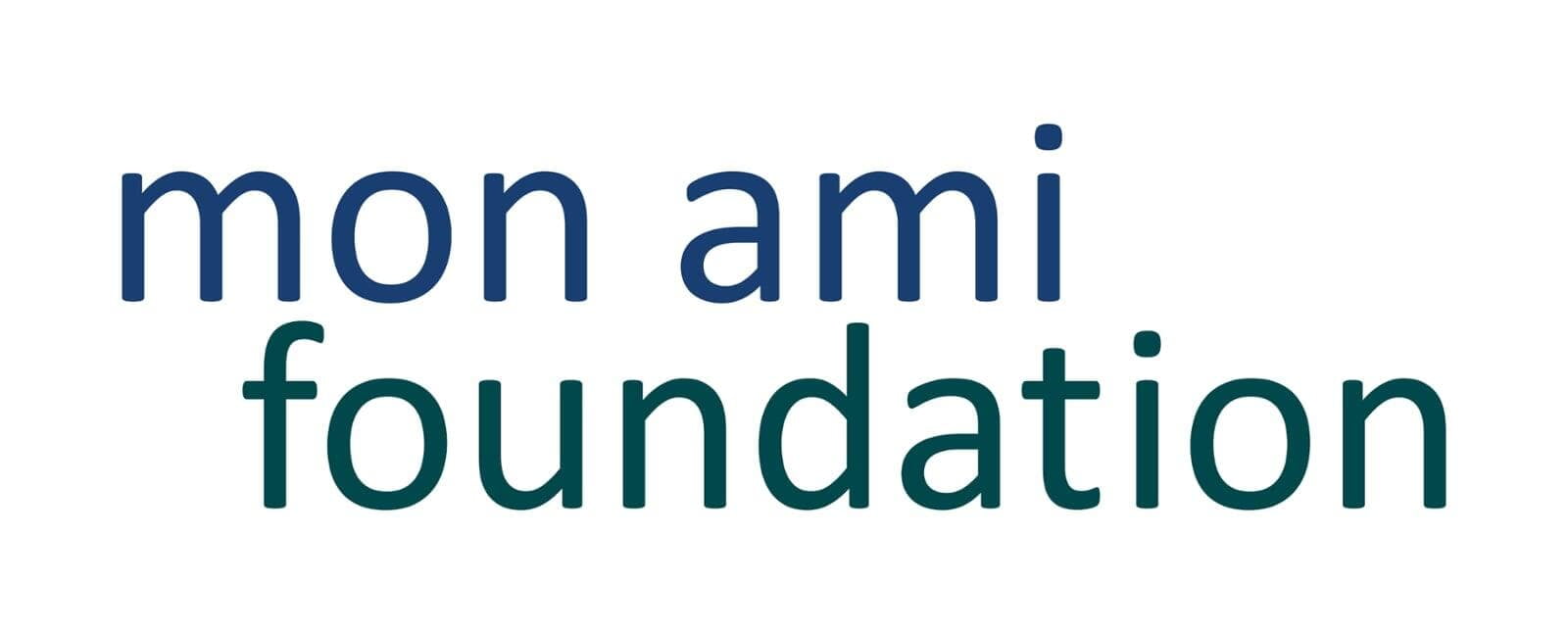
Handmade products have always had a home in the hustle and bustle of offline spaces - think vibrant bazaars, bustling craft fairs, and cozy local shops. But as the digital age picks up speed, we at Mon Ami Foundation are asking a big question: Is online a viable option for artisans? With most handmade goods still sold face-to-face, the leap to e-commerce can feel like stepping into the unknown. Spoiler alert: our journey says it’s not just viable, it’s a game-changer.
Since 2015, Mon Ami Foundation has been all about enabling artisans, helping them weave livelihoods with their crafts. For years, they sold at local markets, delighting buyers up close. Then came the pandemic, flipping the script. Suddenly, online platforms weren’t just an option, they were a lifeline. A Statista report predicts global e-commerce sales will soar to $6.4 trillion by 2025, and handmade goods are staking their claim in this digital goldmine.
Let’s zoom in on crochet flowers. These handcrafted blooms don’t just brighten homes—they carry stories of resilience from the women who make them. By taking them online, we’ve shattered geographic limits, connecting artisans in India’s slums to buyers in bustling cities and even across borders. Our offline efforts, like showcasing at the Serendipity Arts Festive (check out the buzz on LinkedIn), supercharge this digital push proving that a little in-person magic can spark big online wins.
So, why should artisans go online? First, it’s all about reach. A weaver in rural Uttarakhand can now sell to a design lover in Mumbai or New York without leaving home. Second, it’s cost-smart. Forget renting a stall or hauling goods to markets; platforms like Etsy, Amazon Handmade, or even a simple website can do the heavy lifting. Third, it’s green. Digital sales cut down on travel and packaging waste, aligning with sustainability goals like those in the UN’s SDG 12 (Responsible Consumption and Production). A Forbes piece notes e-commerce can reduce carbon footprints by up to 30% compared to traditional retail - pretty compelling, right?
But many artisans face steep hurdles - digital literacy is a big one. Not everyone knows how to snap a product photo or set up an online store. Access to tech, like smartphones or reliable internet, can be spotty too, especially in rural areas. That’s where Mon Ami rolls up its sleeves. Our capacity-building programs, like those at the Craft Hub in Noida with the HCL Foundation, weave IT inclusion into the mix. We’re helping artisans to navigate platforms, manage orders, and even market their work. The results? Stunning. As our co-founder shared on LinkedIn, these women are blooming with confidence—and their sales are following suit.
The numbers back this up. A Shopify study found that 70% of handmade sellers saw revenue growth after going online, with many tapping into global markets. For Mon Ami, it’s more than profit - it’s empowerment. Online sales mean steady income for artisans, which means better education for their kids, healthier families, and stronger communities. Plus, there’s a growing appetite for authenticity - consumers crave the stories behind their purchases, and handmade goods deliver. A Nielsen report shows 66% of buyers will pay more for products tied to social good. That’s a golden opportunity knocking.
Still, it’s not about ditching offline sales - it’s about blending the best of both worlds. Physical markets build trust and community; online platforms scale that magic. At Mon Ami, we’re testing this hybrid model, using events like Serendipity Arts Festive to draw eyes offline, then directing them to digital storefronts. It’s a step toward economic empowerment and sustainability, one click at a time.
Ready to dive in? Artisans, start small snap some photos, list a few items on a marketplace, or team up with us for training. Supporters, spread the word - every share helps a craft find its home. For Mon Ami Foundation, the digital frontier isn’t just viable it’s vital. Let’s explore it together, because every handmade product deserves to shine on the global stage.
